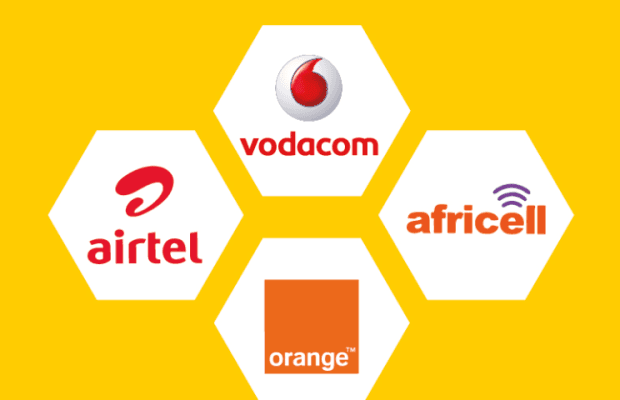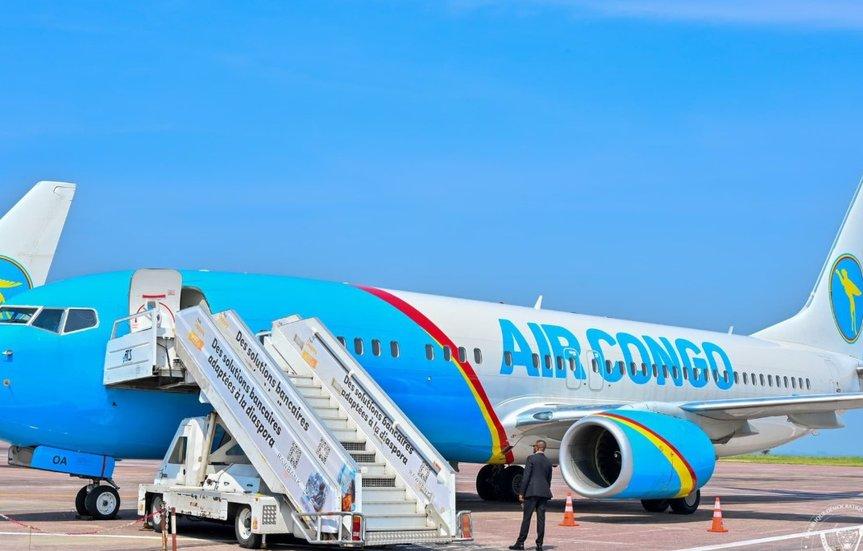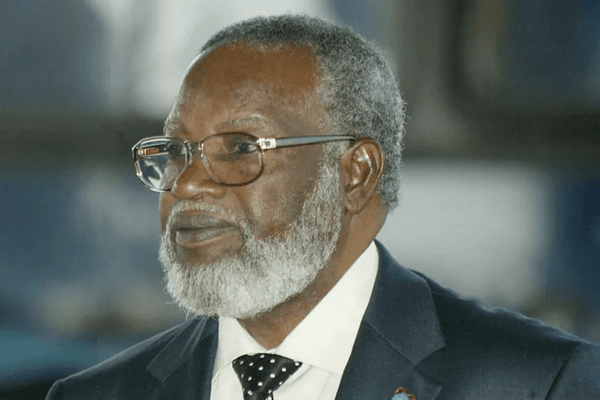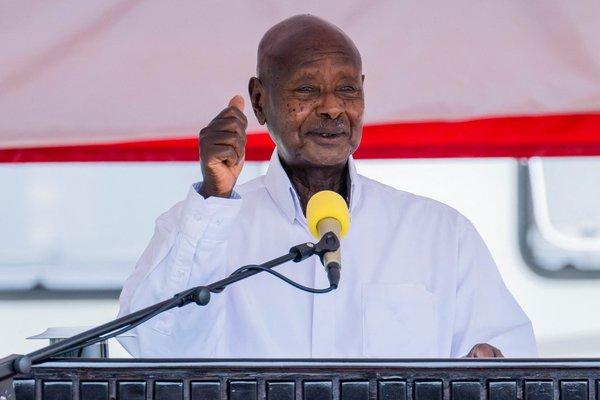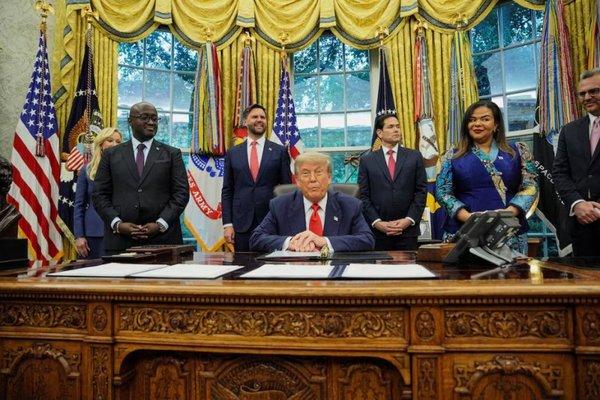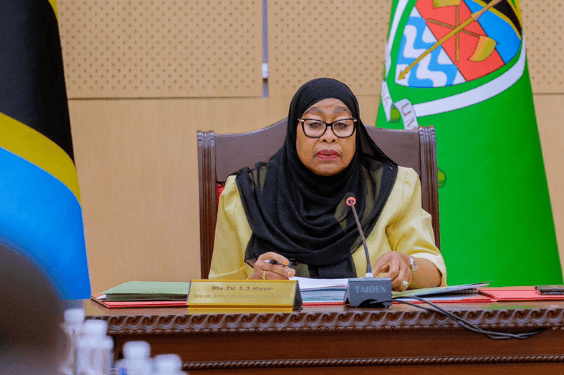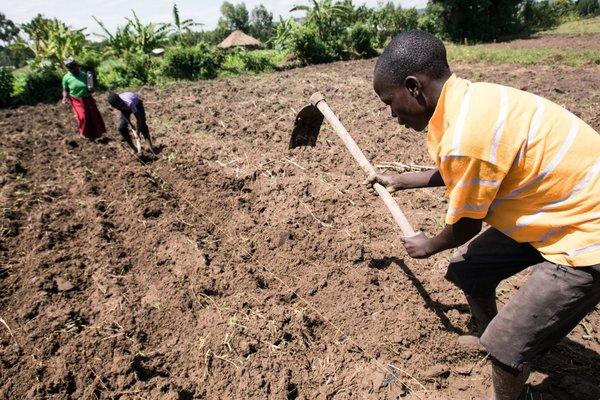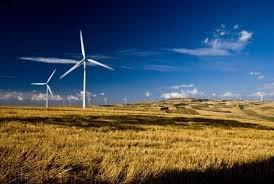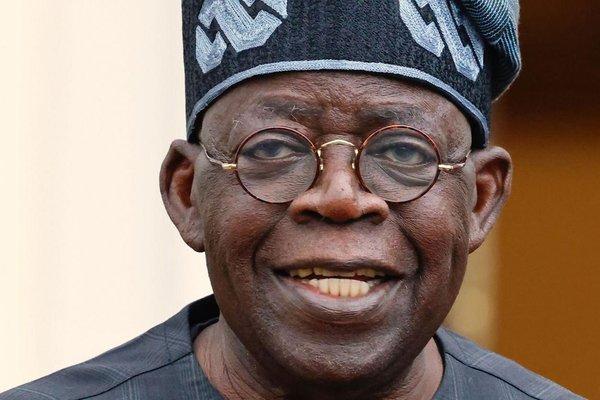Congo
The Republic of the Congo is located in Central Africa, bordered by Gabon, Cameroon, the Central African Republic, the Democratic Republic of the Congo, Angola (Cabinda), and the Atlantic Ocean. It is known for its vast rainforests, rich cultural heritage, and growing economy based on oil and timber.

Central Africa

342,000 km²

UTC+1

5.8 million (2024 estimate)

French

Christianity over 90% of the population, Islam, Traditional indigenous beliefs

Central African CFA franc (XAF)

President Denis Sassou Nguesso
Brief
The Republic of the Congo, also known as Congo-Brazzaville, is a Central African country bordered by Gabon, Cameroon, the Central African Republic, the Democratic Republic of the Congo, Angola (Cabinda), and the Atlantic Ocean. Its capital city, Brazzaville, sits along the Congo River, directly across from Kinshasa, the capital of the Democratic Republic of the Congo.
A former French colony, the Republic of the Congo gained independence in 1960. It has a diverse population made up mostly of Bantu ethnic groups and is rich in natural resources, particularly oil, timber, and minerals. The country features extensive rainforests, national parks, and a variety of wildlife.
French is the official language, and Christianity is the dominant religion. Despite its resource wealth, the Congo faces development challenges, including infrastructure limitations and economic inequality. It is known for its vibrant cultural life, traditional music, and dance.
Cultural Life
Cultural milieu
The Republic of the Congo has a rich cultural landscape shaped by Bantu ethnic traditions and French colonial influence. Most people speak French, alongside local languages like Lingala and Kituba. While Christianity is dominant, many still observe traditional spiritual practices.
Music and dance play a vital role, with popular genres like Soukous and Congolese rumba, alongside traditional drumming in ceremonies. Art is expressed through wood carvings, masks, and crafts symbolizing ancestral and spiritual themes.
Congolese society values family, community life, and respect for elders. Urban areas show more Western influence, while rural communities preserve strong cultural customs rooted in heritage.
Daily Life and social customs
Daily life in the Republic of the Congo blends traditional values with modern urban influences. In both rural and urban settings, family and community form the core of social life. Respect for elders, hospitality, and communal support are deeply ingrained cultural values.
In cities like Brazzaville and Pointe-Noire, people often wear Western-style clothing and engage in modern professions, while rural communities maintain traditional lifestyles centered around farming, fishing, and market trading. Women play a key role in managing households and commerce, while men typically engage in agriculture or skilled labor.
Social events such as weddings, baptisms, and funerals are major communal gatherings, marked by music, dancing, and cultural rituals. Christianity shapes many customs, though traditional beliefs remain influential, especially in rural areas.
Overall, Congolese daily life reflects a vibrant cultural identity, rooted in tradition yet adapting to modern realities, with strong emphasis on community, respect, and resilience.

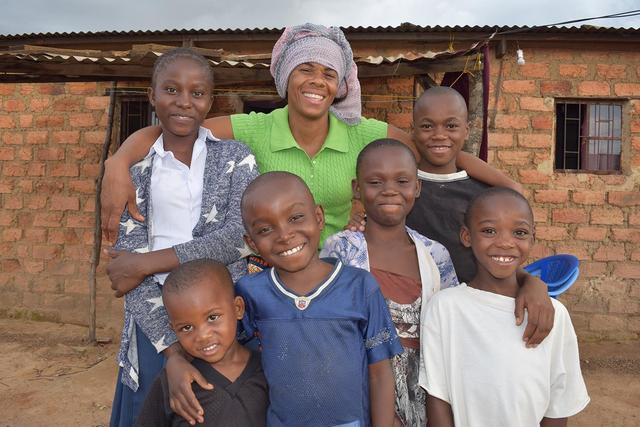
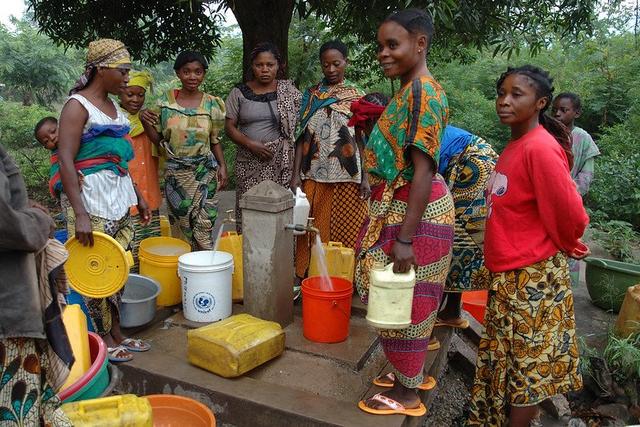
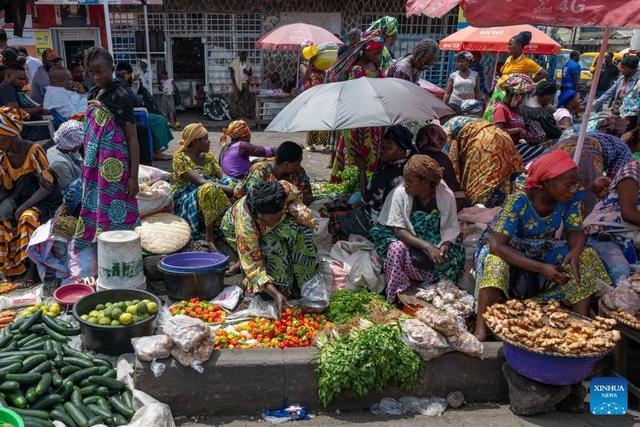
Cuisine
Cuisines in the Congo—both in the Republic of the Congo and the Democratic Republic of the Congo—are rich, flavorful, and deeply rooted in local ingredients and traditions. A staple food is cassava, served as fufu or chikwangue (cassava dough wrapped in leaves), often paired with soups or stews. Plantains, maize, rice, and sweet potatoes are also common. Popular dishes include moambe chicken, cooked in a thick palm nut sauce, and pondu, a stew made from cassava leaves, often flavored with smoked fish or meat. Congolese cuisine frequently uses palm oil, groundnuts, and hot peppers, giving dishes bold flavors. In urban areas, grilled meats, fried fish, and street snacks like makemba (fried plantains) are widely enjoyed. Food in the Congo is not just nourishment but a vital part of social and cultural life, often shared in large family gatherings and celebrations.
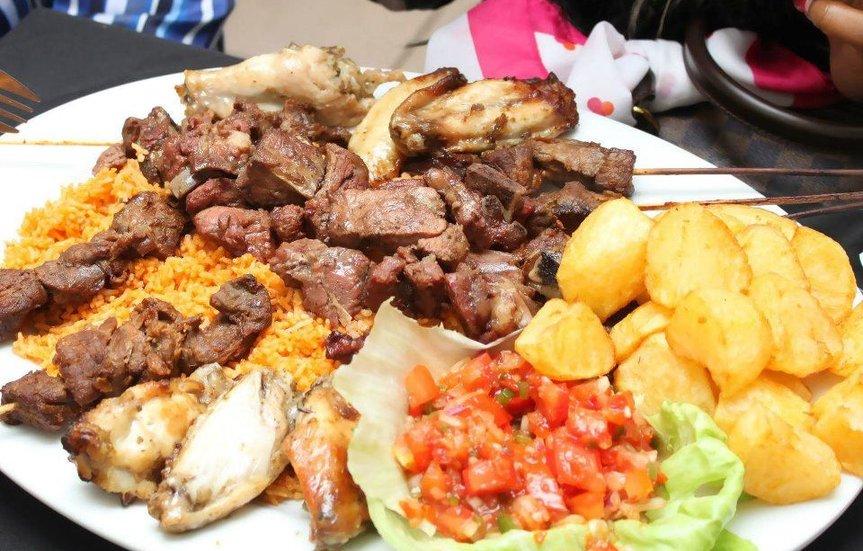
PHOTOS
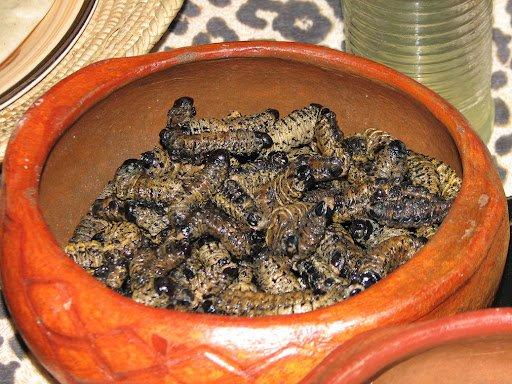

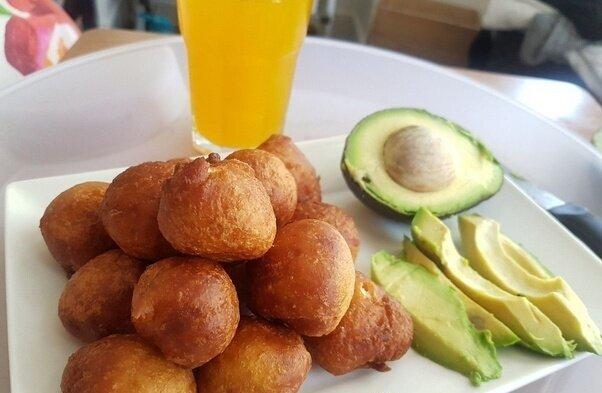
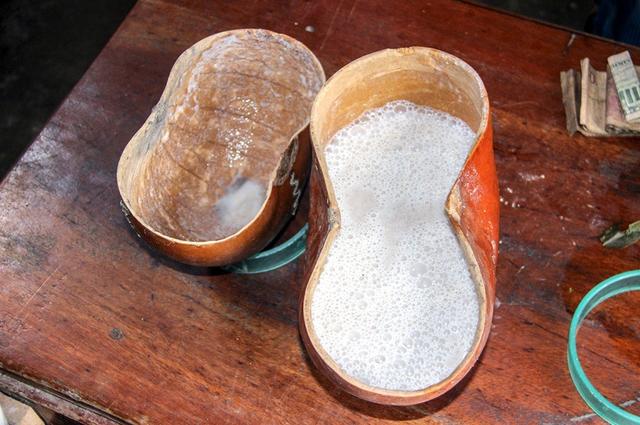
Music
Music in the Congo—especially in the Democratic Republic of the Congo (DRC)—is world-renowned for its energy, rhythm, and cultural influence. One of the most famous genres is soukous (also known as Congo rumba), which blends traditional African rhythms with Cuban rumba and has produced legendary artists like Franco Luambo, Papa Wemba, and Koffi Olomidé. The music is known for its catchy guitar riffs, layered percussion, and vibrant dance moves. In the Republic of the Congo, similar styles thrive alongside traditional drumming and folk songs used in ceremonies and storytelling. Modern Congolese music continues to evolve with younger artists mixing Afrobeats, hip-hop, and ndombolo into contemporary styles. Whether traditional or modern, music is deeply woven into Congolese identity and is a powerful form of expression, celebration, and social commentary.
PHOTOS
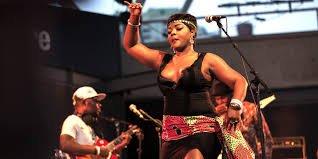
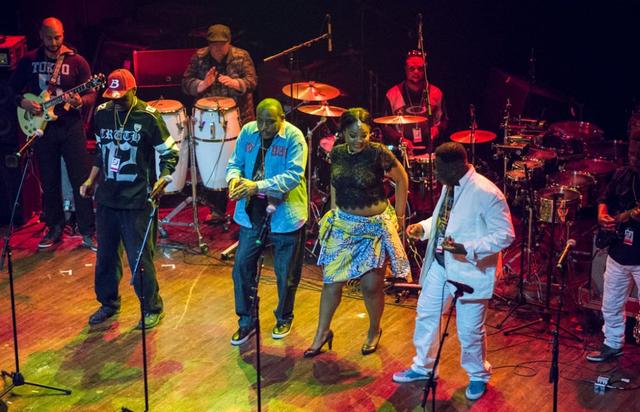
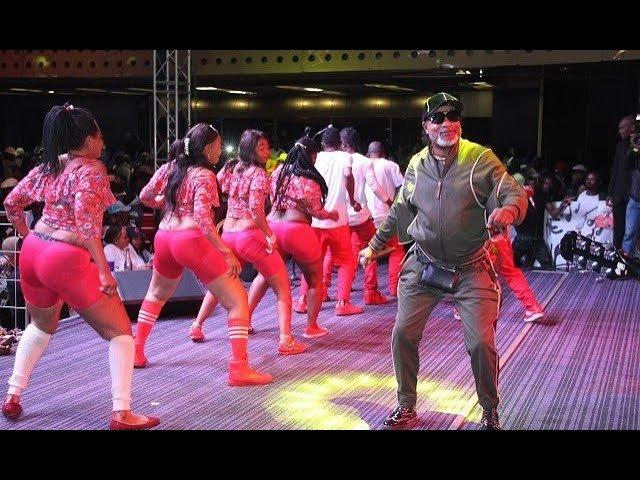
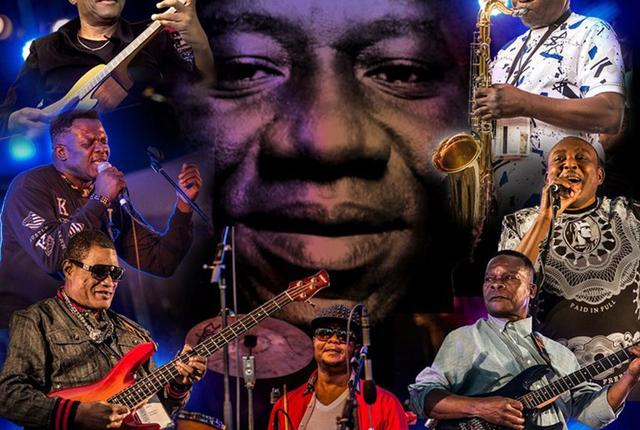
Arts
Art in Congo is deeply connected to cultural identity, spirituality, and social life. Traditional Congolese art is best known for its wooden masks, sculptures, and ritual figures, often used in ceremonies, ancestor worship, and initiation rites. These works carry symbolic meaning and are crafted by skilled artisans using locally sourced materials like wood, ivory, and clay. In both the Democratic Republic of the Congo and the Republic of the Congo, ethnic groups such as the Bakongo, Luba, and Songye are especially noted for their artistic traditions.
Contemporary Congolese artists also play an important role in modern African art. Cities like Kinshasa have vibrant art scenes, with painters, sculptors, and performance artists exploring themes of identity, politics, and urban life. Recycled materials are often used creatively in response to environmental and economic challenges. Whether traditional or modern, Congolese art continues to inspire with its bold expression, cultural depth, and storytelling power.
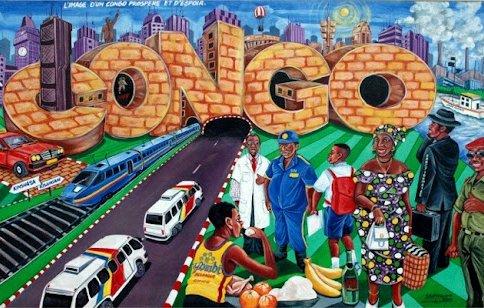
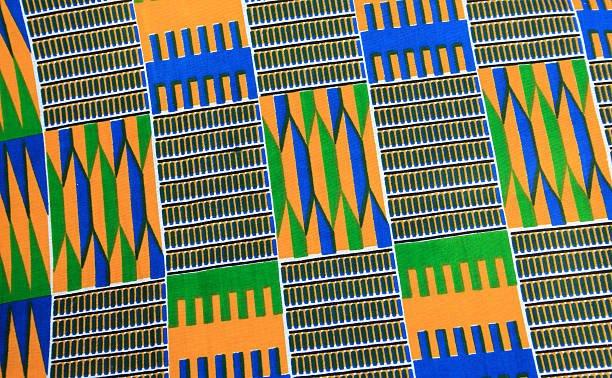
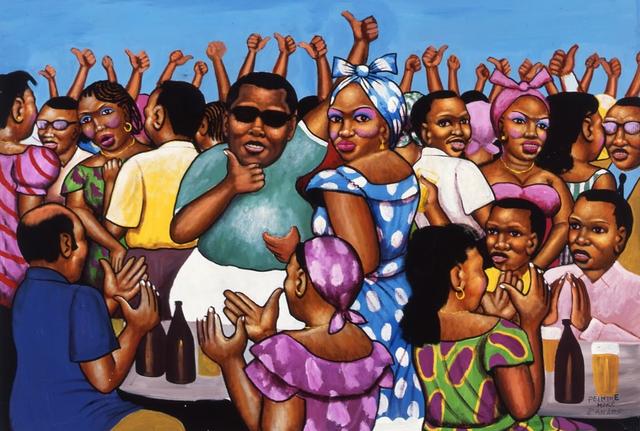
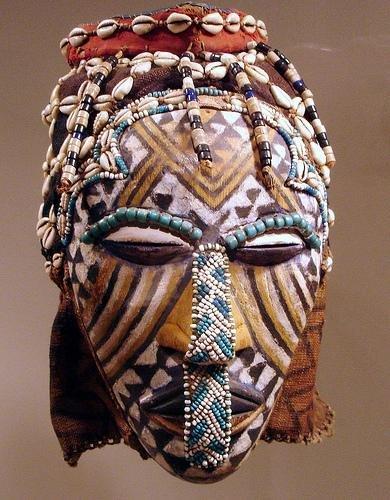
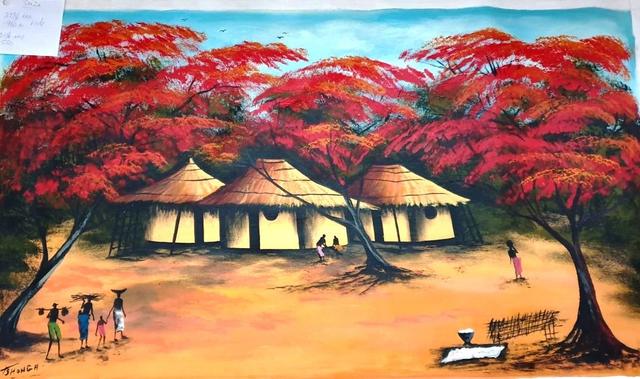
People
Ethnic Groups
The Congo region is home to a rich and diverse mix of ethnic groups, reflecting centuries of cultural development and migration. In the Democratic Republic of the Congo (DRC), there are over 200 ethnic groups, with the majority belonging to the Bantu family. Major groups include the Luba, Kongo, Mongo, and Tshokwe, each with distinct languages, customs, and social structures. The Pygmy peoples, such as the Mbuti and Twa, are among the region’s earliest inhabitants, traditionally living in forested areas and practicing hunter-gatherer lifestyles.
In the Republic of the Congo, the population is also largely Bantu, with the Kongo (Bakongo) being the largest group, along with the Teke, M’Bochi, and Sangha peoples. Though French is the official language in both countries, local languages such as Lingala, Kikongo, and Tshiluba are widely spoken and culturally significant.
Ethnic identity remains important in both Congos, influencing music, art, food, and community life. Despite periods of ethnic tension, the region’s diversity is a vital part of its cultural richness and resilience.
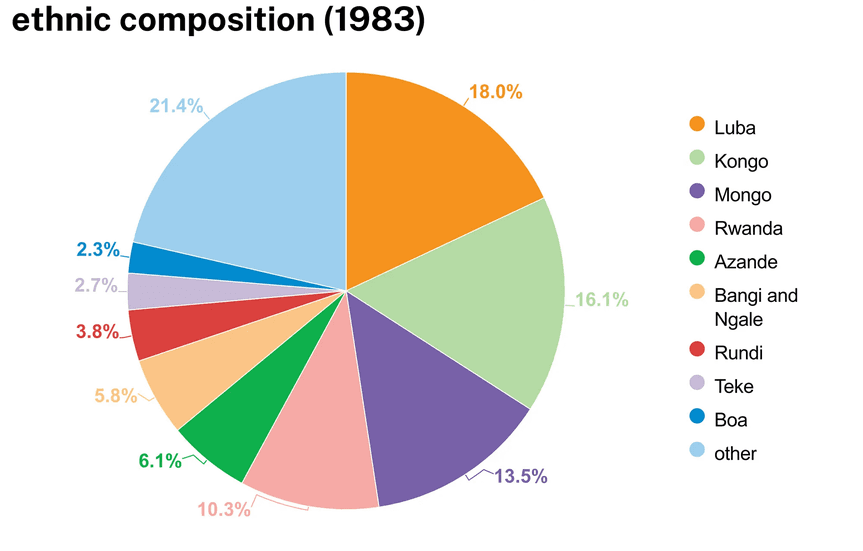
PHOTOS
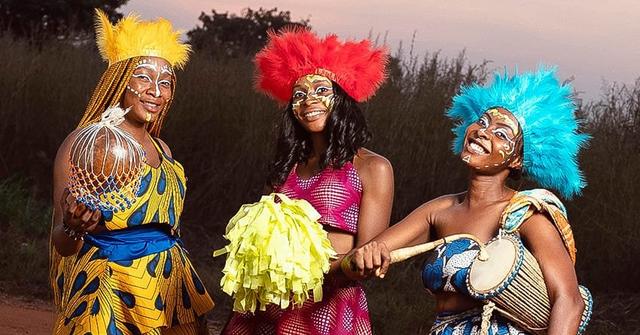
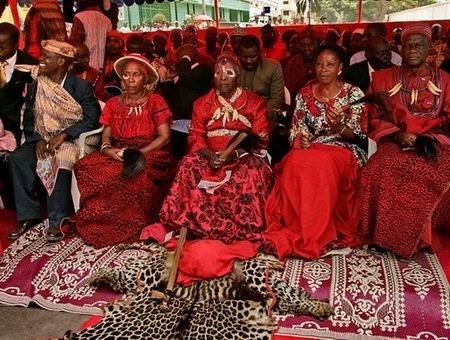
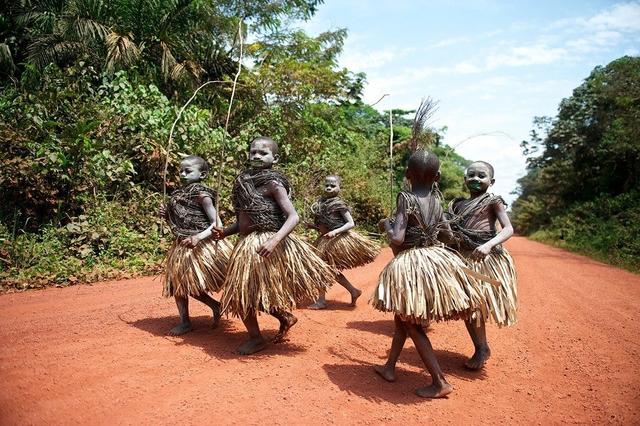

Religion
Religion plays a central role in the daily lives of people in both the Democratic Republic of the Congo (DRC) and the Republic of the Congo. In the DRC, over 90% of the population identifies as Christian, with Roman Catholicism being the largest denomination, followed by Protestant and Evangelical churches. The Republic of the Congo has a similar religious makeup, with a strong Christian majority and Roman Catholicism as the dominant faith. Kimbanguism, a Christian-inspired movement that originated in the DRC, also holds significant influence in both countries, blending Christian beliefs with African traditions.
Alongside Christianity, many people continue to practice traditional African religions, often blending them with Christian beliefs. These include ancestor worship, spirit veneration, and ritual practices rooted in local culture. There is also a small Muslim minority, mostly found in urban areas and among immigrant communities. Religion in Congo not only shapes moral and spiritual life but also plays a key role in social organization, education, and national identity.
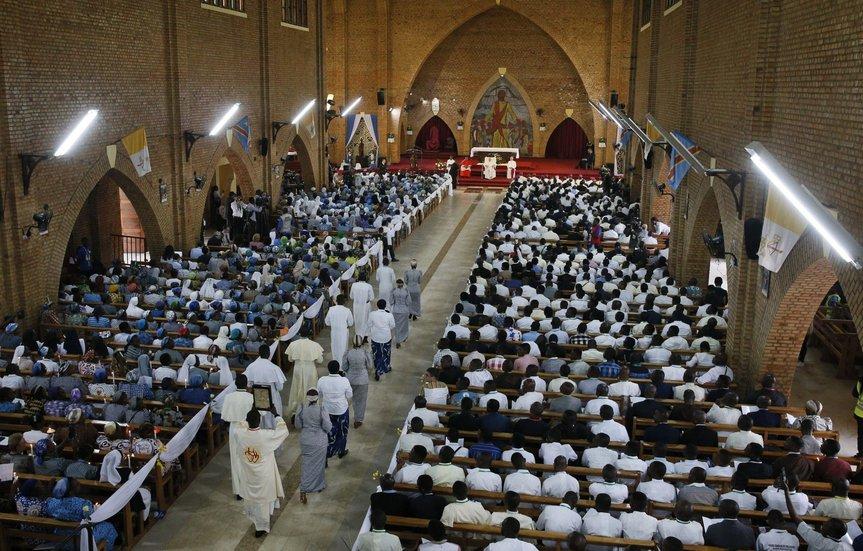
Settlement Patterns
Settlement patterns in both the Democratic Republic of the Congo (DRC) and the Republic of the Congo are shaped by geography, infrastructure, and economic activity. In both countries, a large portion of the population lives in urban centers, with Kinshasa (DRC) and Brazzaville (Republic of the Congo) being the largest and most densely populated cities. These capitals are political, economic, and cultural hubs, attracting people from rural areas in search of jobs, education, and better services.
Despite urban growth, many Congolese still live in rural villages, especially in forested or agricultural regions. These rural settlements are often small, scattered, and organized around clan or ethnic lines. Homes are typically built from local materials like mud, wood, and thatch. Access to roads, healthcare, and clean water is often limited in these areas.
Along rivers like the Congo River, settlements are common due to transportation and trade opportunities. In both countries, internal migration continues to increase urban populations, leading to overcrowded informal settlements and pressure on city infrastructure. The contrast between urban and rural living remains a major feature of settlement patterns in the Congo.
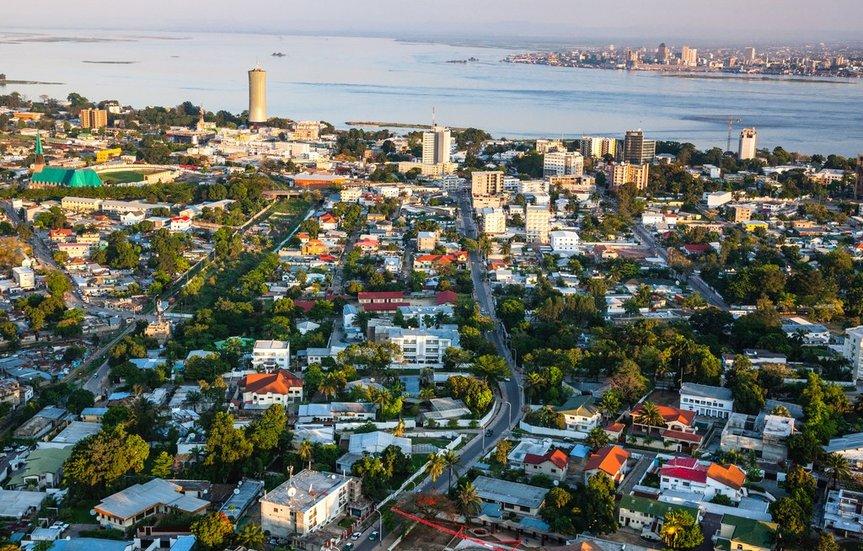
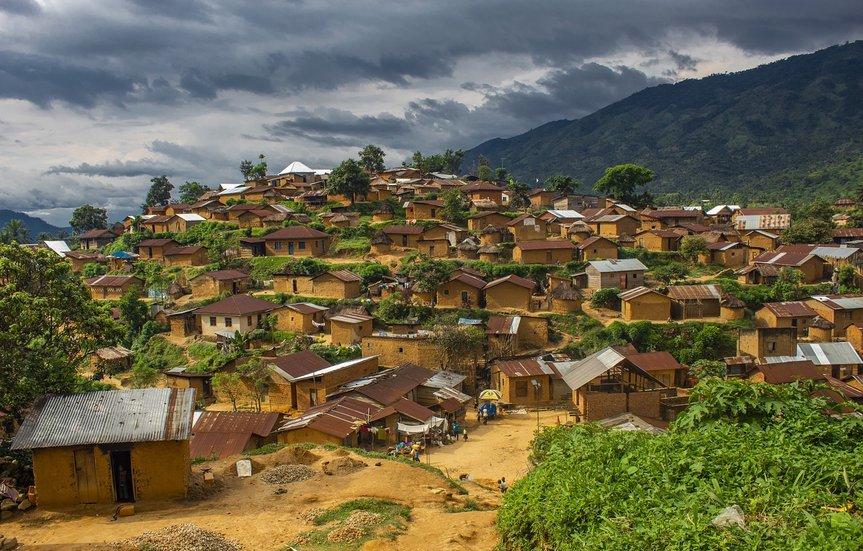
Demographic Trends
Both the Democratic Republic of the Congo (DRC) and the Republic of the Congo have young, rapidly growing populations. The DRC has over 111 million people with a 3.3% annual growth rate, a median age of 15.8, and nearly half under age 15. Urbanization is rising quickly, especially in Kinshasa, which is projected to be one of the world’s largest cities by 2050. The Republic of the Congo has around 6.4 million people, growing at 2.4% annually, with about 70% living in urban areas like Brazzaville and Pointe-Noire. Both countries face challenges in education, healthcare, and infrastructure due to high fertility rates and youth dependency, but also hold long-term potential if properly managed.
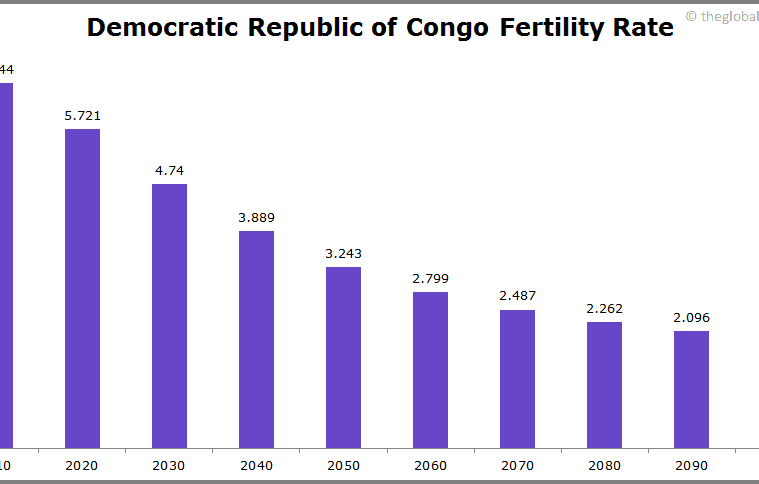
Touristic Cities
Brazzaville
Brazzaville, the capital of the Republic of the Congo, is a vibrant city located on the northern bank of the Congo River, directly opposite Kinshasa, the capital of the Democratic Republic of the Congo. Founded in the late 19th century by French explorer Pierre Savorgnan de Brazza, after whom the city is named, Brazzaville is the political and cultural heart of the country. It hosts the presidential palace, national parliament, government ministries, and foreign embassies. The city has a mix of colonial architecture and modern buildings, with tree-lined boulevards and scenic river views. Brazzaville is also a center of education and culture, home to universities, museums, and art galleries. Key landmarks include the Basilique Sainte-Anne with its striking green-tiled roof, the Nabemba Tower (the tallest building in the country), and the bustling Poto-Poto Market. As a growing urban hub, Brazzaville offers a range of hotels, restaurants, and cultural events, making it both an administrative capital and a lively center of Congolese life.
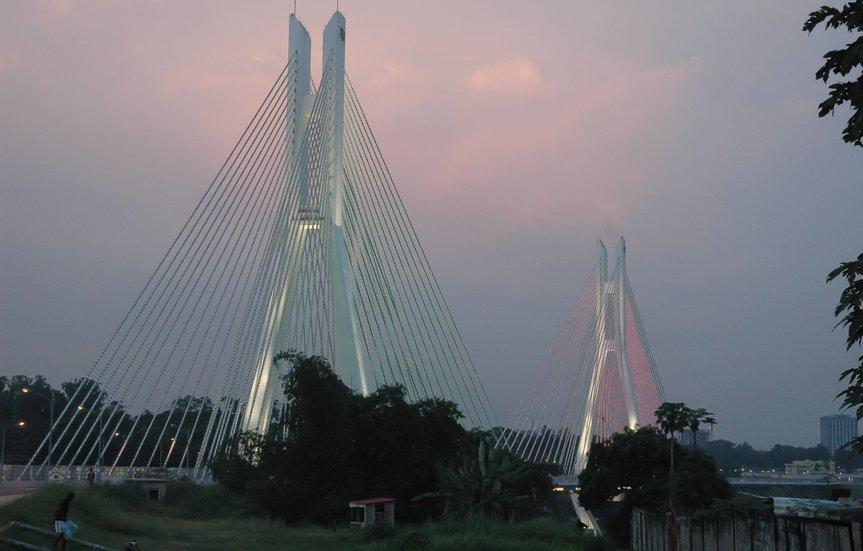
The Republic of the Congo is home to several key cities, each playing a unique role in the country's cultural, economic, and political life. Brazzaville, the capital and largest city, lies on the Congo River directly across from Kinshasa, the capital of the Democratic Republic of the Congo. It serves as the nation’s political and administrative center, hosting government institutions, foreign embassies, and a growing range of hotels, restaurants, and cultural venues. Pointe-Noire, the second-largest city, is the economic powerhouse due to its strategic location along the Atlantic coast. It hosts the country's main seaport and is a hub for the oil and gas industry, making it vital to Congo’s economy. Other notable cities include Dolisie, a key trading and transportation center in the southwest, and Owando, which serves as a regional capital in the north and is important for administrative and agricultural functions. Together, these cities reflect the diverse urban character of Congo, balancing development, industry, and tradition
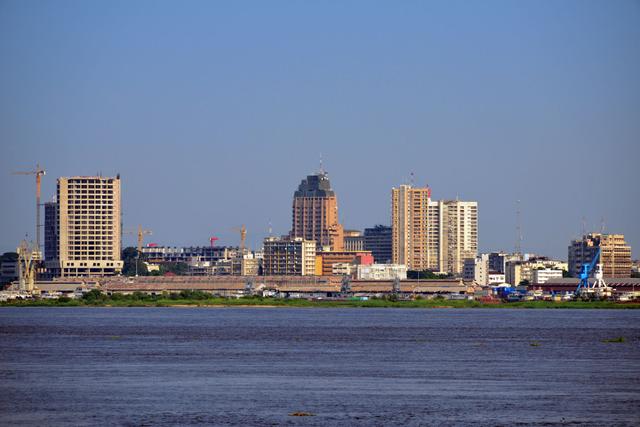
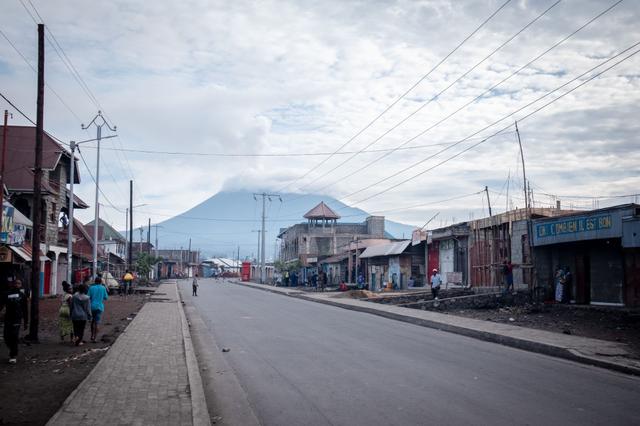
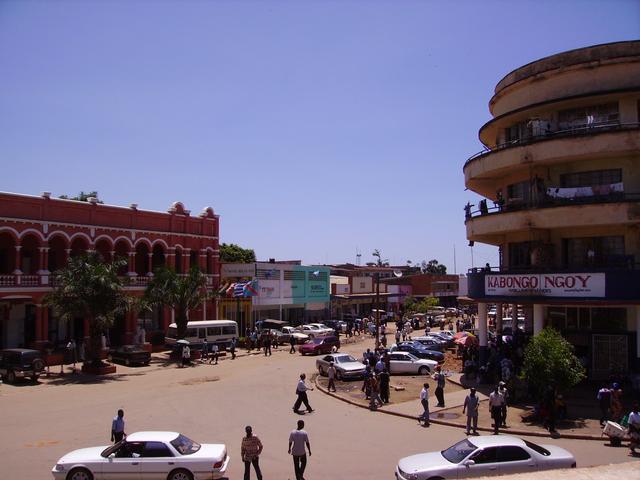
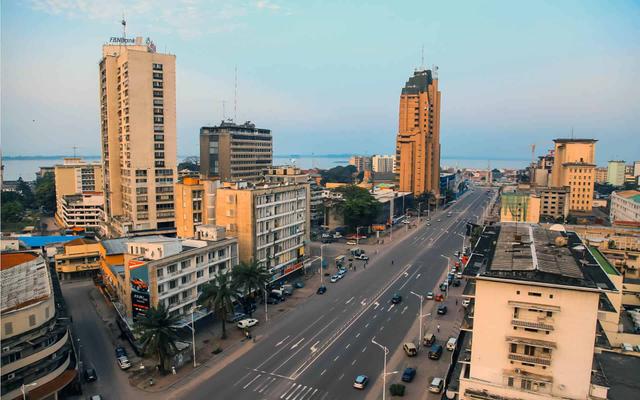
Accommodations
Guesthouses
Guesthouses in the Republic of the Congo are common in cities like Brazzaville and Pointe-Noire, offering affordable and comfortable lodging for local and international travelers. These accommodations often feature simple but clean rooms, friendly service, and a more homely atmosphere compared to hotels. Many guesthouses cater to budget tourists, aid workers, and business travelers who seek longer stays with basic amenities like free Wi-Fi, shared kitchens, and local meals. They are also known for providing insights into local life and culture.
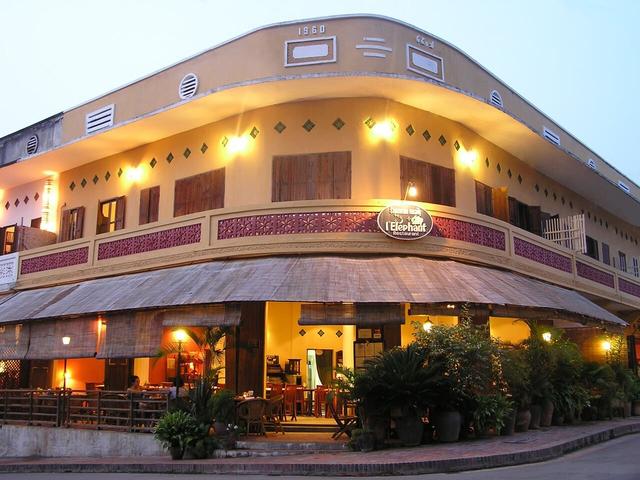
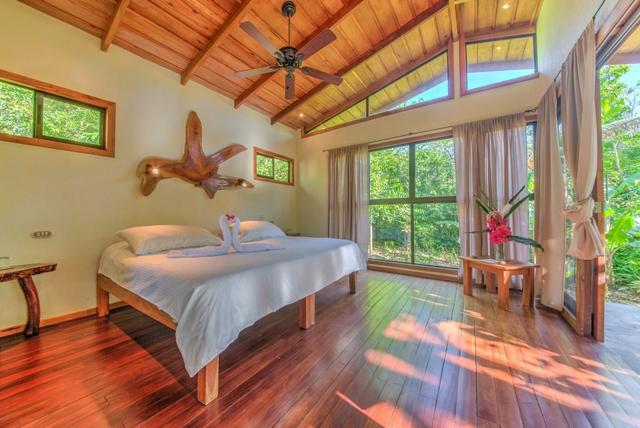
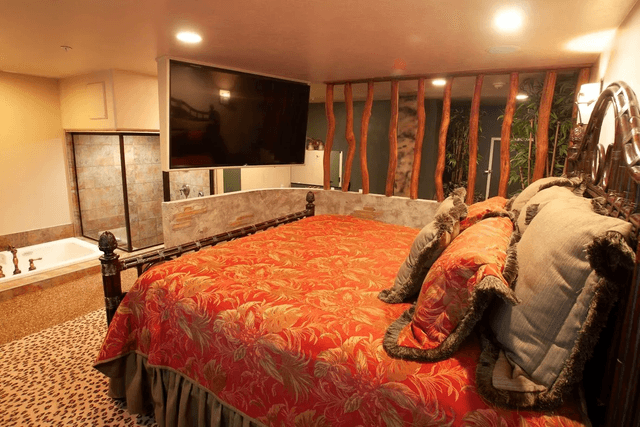
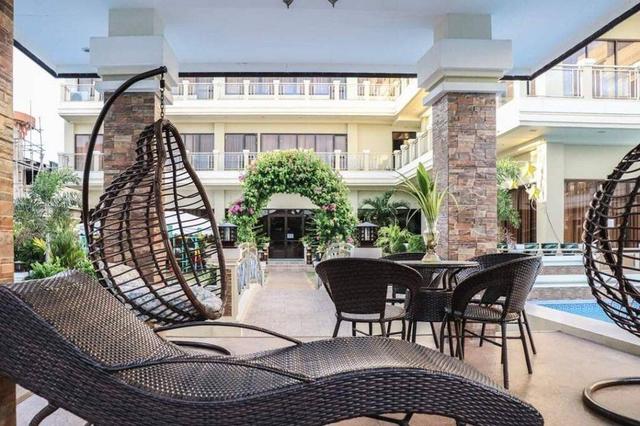
Hotels and Resorts
Hotels in Congo range from luxury establishments in urban centers to modest inns in smaller towns. In Brazzaville, high-end hotels such as the Mikhael’s Hotel and Radisson Blu M’Bamou Palace provide excellent services, including fine dining, conference facilities, and recreational areas. These hotels often attract diplomats, business executives, and international visitors. Mid-range and budget hotels are available throughout the country, offering standard facilities like air-conditioned rooms, private bathrooms, and restaurant services.
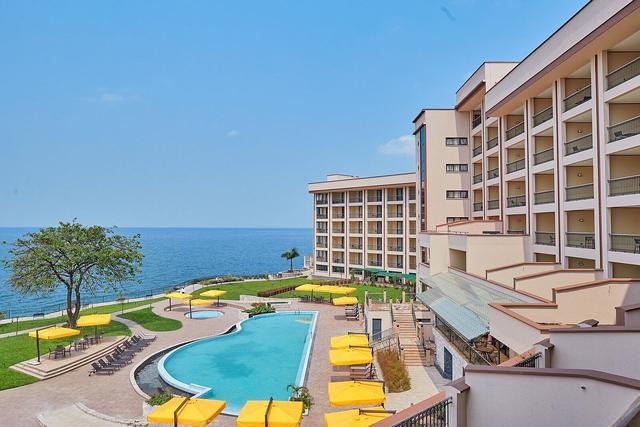
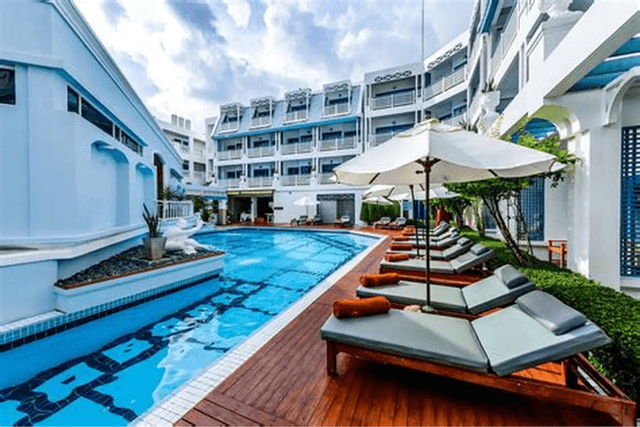
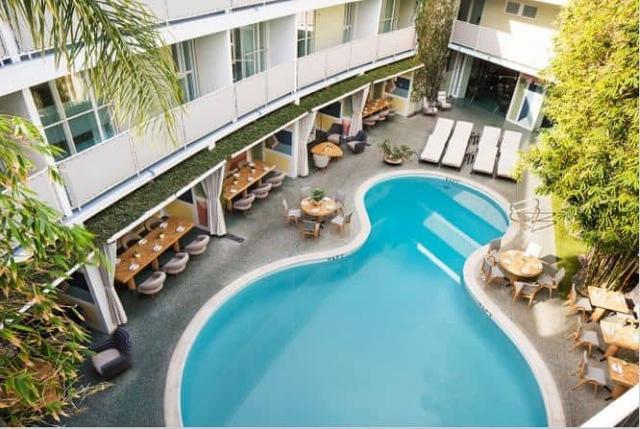
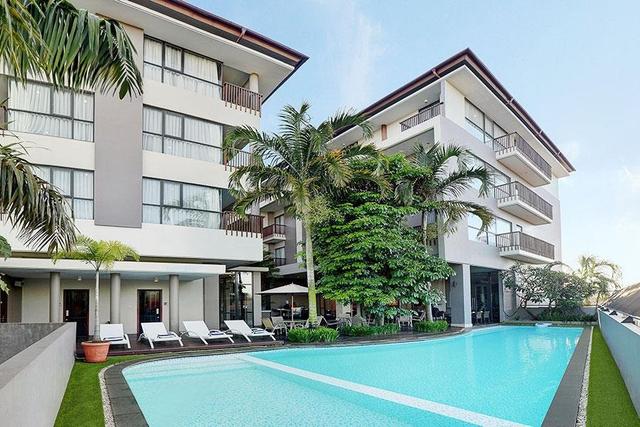
Raids
The traditional North African riad style is not native to the Republic of the Congo, so such accommodations are rare to nonexistent. However, a few boutique lodgings or eco-lodges in the country may adopt similar features like central courtyards, traditional decor, or garden settings. These are typically designed to create a tranquil and culturally immersive experience for visitors, especially in eco-tourism zones or cultural towns near the Congo River.
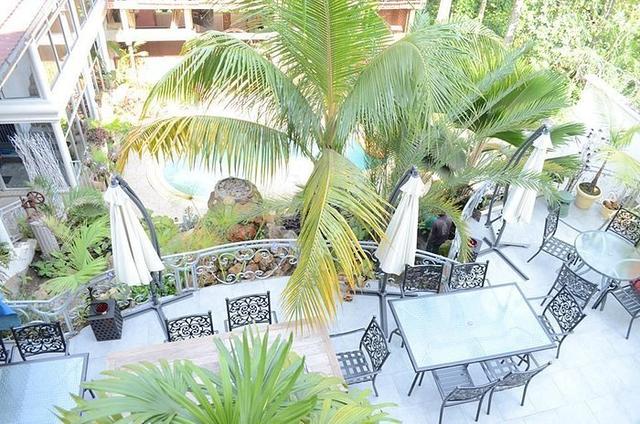
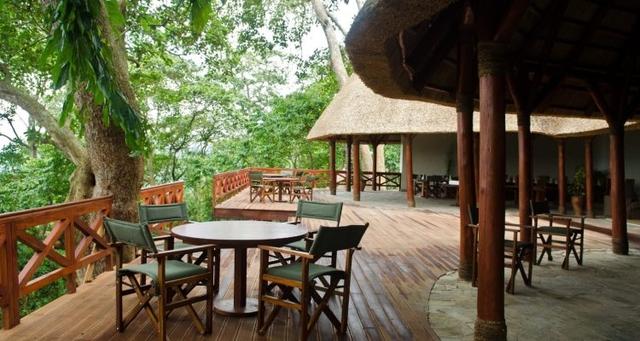
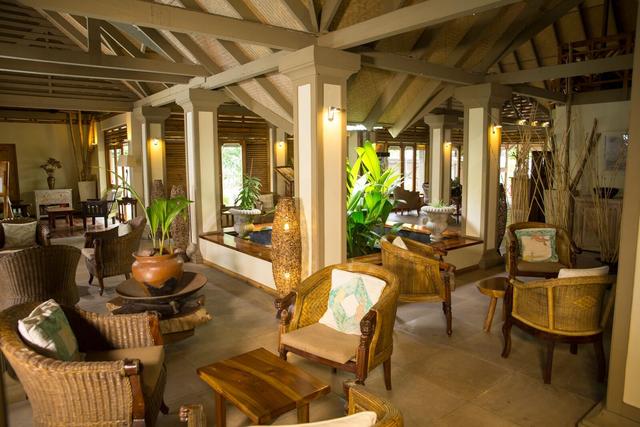
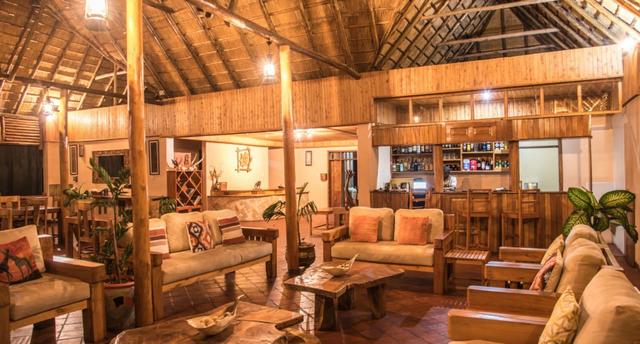
Campings
Camping in Congo is most commonly associated with eco-tourism and nature expeditions, especially in national parks such as Odzala-Kokoua. These camping experiences are often organized through tour operators and may include guided safaris, forest hikes, and wildlife observation. Facilities range from rustic tented camps to semi-permanent eco-lodges with basic comforts. Wild camping is not advisable due to wildlife, climate, and safety issues. For adventurous travelers, camping in Congo provides access to the country’s rich biodiversity and untouched natural landscapes.

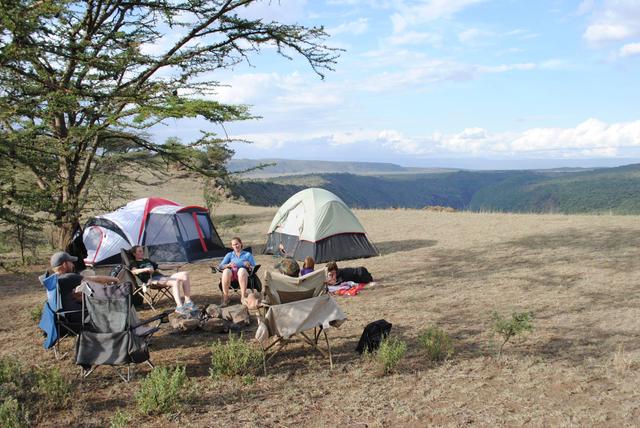
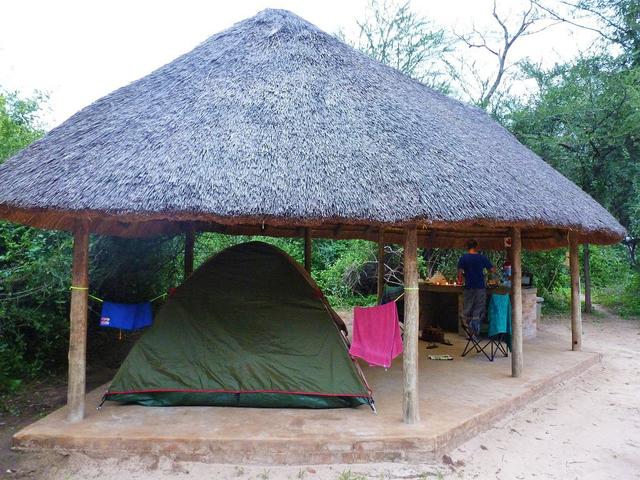
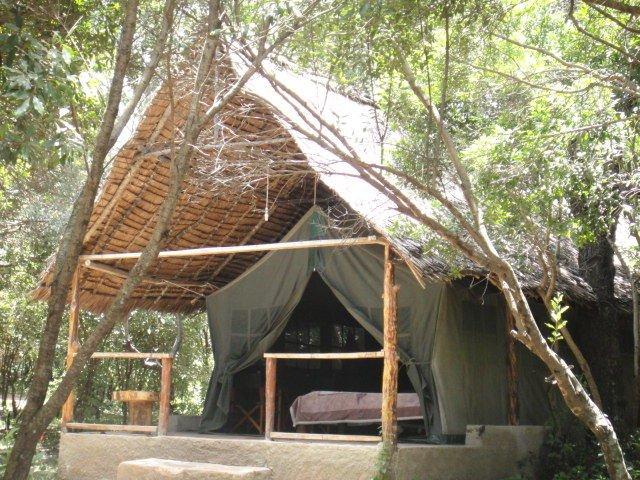
Requirement for visa
Documents needed when applying for a visa
To apply for a visa to the Republic of the Congo, applicants typically need to submit the following documents:
- Completed Visa Application Form
Fully filled out and signed
2.Valid Passport
Must be valid for at least s
Six months beyond the intended stay and have at least two blank pages.
3.Passport-Sized Photographs
Usually two recent color photos (white background, standard size).
4.Copy of Passport Bio-Data Page
A clear photocopy of the information page of your passport.
5.Flight Itinerary or Travel Booking
Proof of onward or return travel arrangements
6.Hotel Reservation or Proof of Accommodation
Or a letter of invitation from a host in Congo (with a copy of their ID or residence permit).
7.Proof of Financial Means
Bank statements or other documents proving the applicant can support themselves during the stay.
8.Yellow Fever Vaccination Certificate
Mandatory for entry into the Republic of the Congo.
9.Visa Fee Payment Receipt
Proof of payment, amount varies depending on visa type and nationality.
10.Letter of Invitation (for Business or Family Visit Visas)
For business: a letter from the company in Congo.
For family visits: a letter from the host with supporting documents.
Note:
Additional documents may be requested depending on the purpose of travel (tourism, business, work, etc.) or specific consulate requirements. It is always recommended to check with the nearest Congolese embassy or consulate before applying.
Economy of Congo
Oil Industry
The Republic of the Congo has a resource-rich economy that is heavily reliant on the oil sector, but also includes agriculture, forestry, and mining.
Main economic driver: Oil accounts for over 60% of GDP and more than 80% of exports, Major oil fields are located offshore near Pointe-Noire. The sector attracts foreign investment but makes the economy vulnerable to global oil price fluctuation
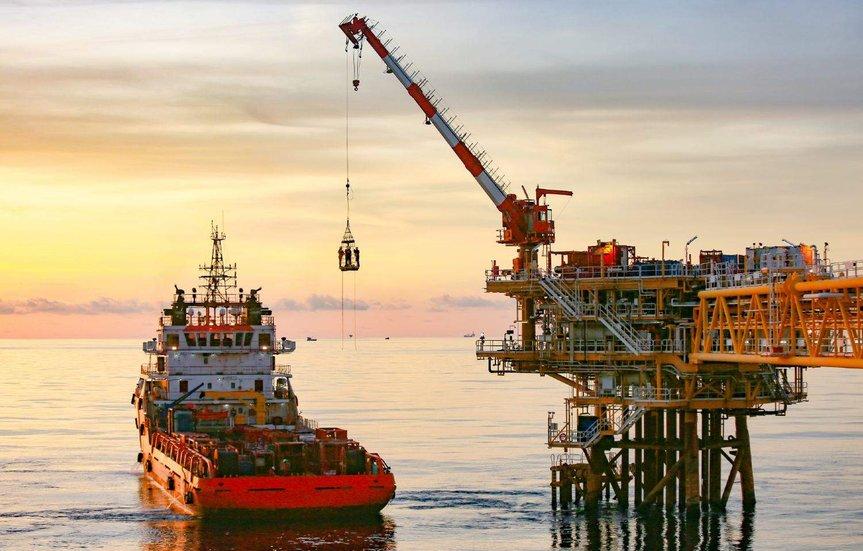
Mining
Mining is a cornerstone of the Republic of Congo’s economy, with the country endowed with abundant mineral resources including oil, copper, cobalt, gold, diamonds, and potash. Oil production dominates export revenues, but mining of minerals such as potash and copper is increasingly important for economic diversification. The mining sector provides significant employment and attracts foreign investment, especially in the Kouilou and Niari regions. However, challenges such as infrastructure limitations, regulatory hurdles, and environmental concerns persist. The government is working to improve mining governance and promote sustainable practices to maximize the sector’s contribution to national development.

Agriculture
Agriculture plays a pivotal role in the Republic of the Congo's economy, primarily through subsistence farming, which employs approximately 40% of the population. Key food crops include cassava, bananas, plantains, yams, peanuts, and sugarcane, with cassava being the most significant staple. These crops are cultivated mainly for local consumption, with minimal surplus for trade. The country also produces cash crops such as sugarcane, tobacco, palm kernels, cocoa, and coffee, though on a smaller scale. Despite the abundance of arable land, less than 4% is currently under cultivation, and agricultural practices predominantly rely on traditional, rain-fed methods, including slash-and-burn techniques. This approach contributes to environmental challenges like deforestation and soil degradation. The sector's limited capacity to meet domestic demand results in a heavy reliance on food imports, which account for about 80% of the country's food consumption. Efforts to enhance agricultural productivity face obstacles such as inadequate infrastructure, insufficient mechanization, and the impacts of climate change. Nevertheless, there is potential for growth in mechanized farming, particularly in regions like the Cuvette department, where irrigation schemes are being developed to improve crop yields.
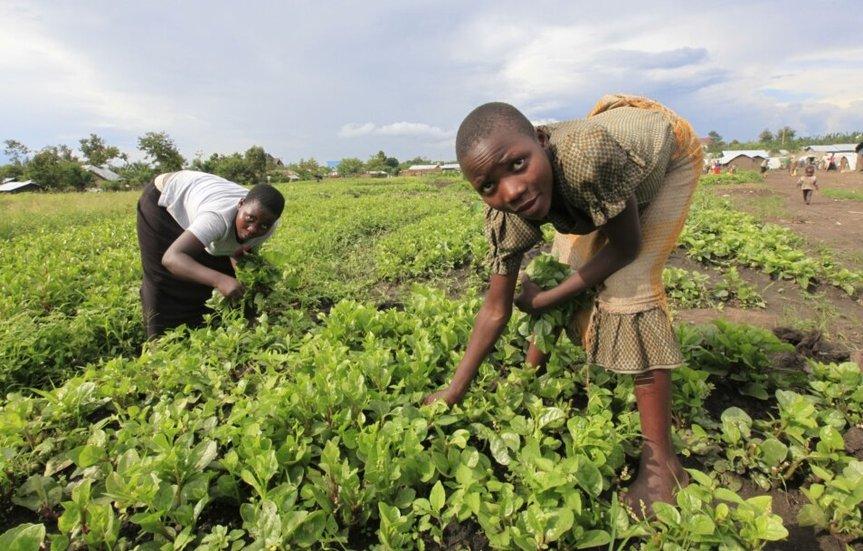
Mobile banking is a digital service that enables individuals to conduct financial transactions using a mobile device, such as a smartphone or tablet. Offered by banks and financial institutions, it allows users to perform a variety of banking activities, including checking account balances, transferring funds, paying bills, and depositing checks remotely. These services are typically accessed through dedicated mobile applications or mobile-optimized websites, providing users with 24/7 access to their financial information and services. While mobile banking offers convenience and accessibility, it also presents challenges, such as ensuring robust security measures to protect users' financial data and addressing the digital divide that may exclude individuals without access to smartphones or reliable internet connectivity.
Finance
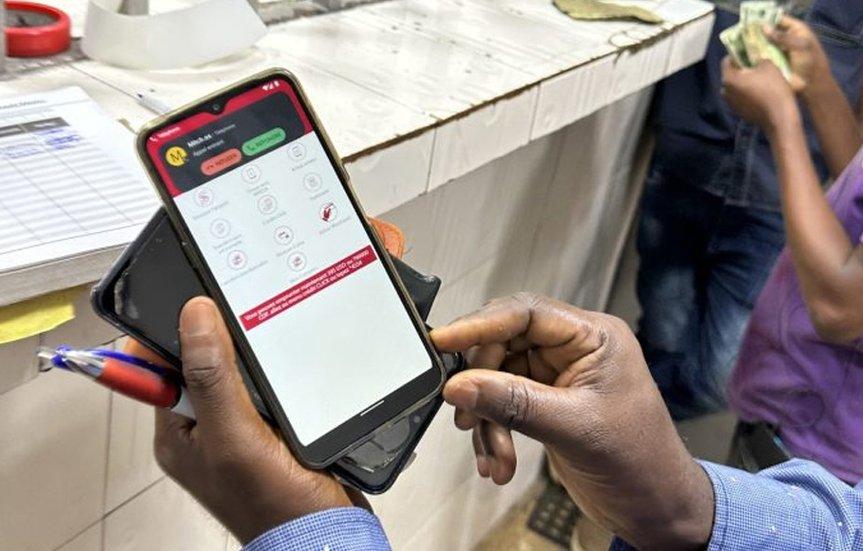
Transportation and Telecommunication
In both the Democratic Republic of the Congo (DRC) and the Republic of the Congo, transportation infrastructure is limited but improving. Roads are the main mode of transport, though many are unpaved and difficult to access during the rainy season. Railways exist primarily for mining and freight, while major ports like Matadi (DRC) and Pointe-Noire (Republic of the Congo) support regional trade. Air travel connects major cities, with international airports in Kinshasa, Lubumbashi, and Brazzaville.
Telecommunication has grown rapidly with the spread of mobile phones. In both countries, mobile networks like Orange, Airtel, and MTN dominate, offering voice and 3G/4G data services. Internet access is expanding, especially in cities, but rural areas still face limited coverage. Government and private sector investments are working to improve digital connectivity, though challenges like high costs and poor infrastructure remain.
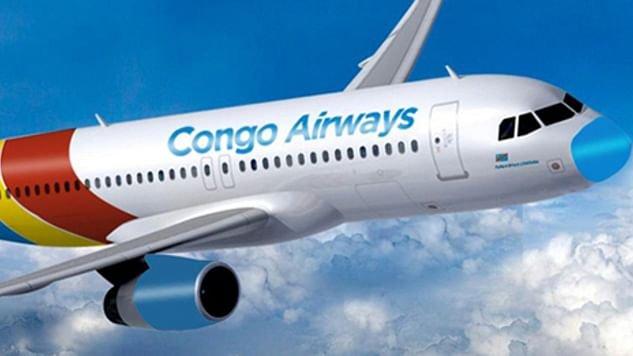
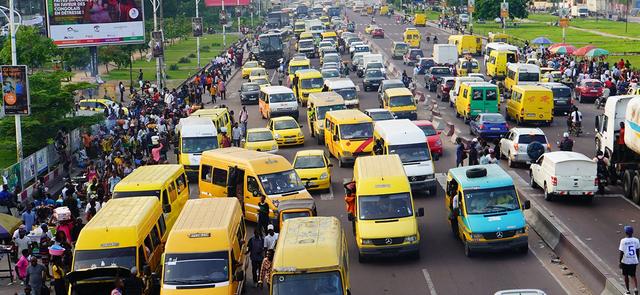
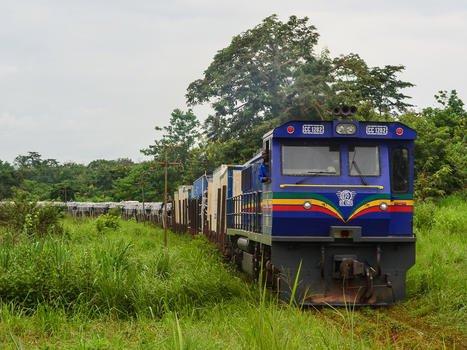
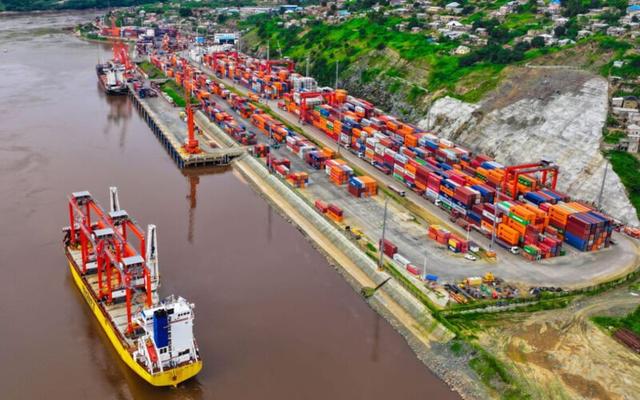
Mobile networks
